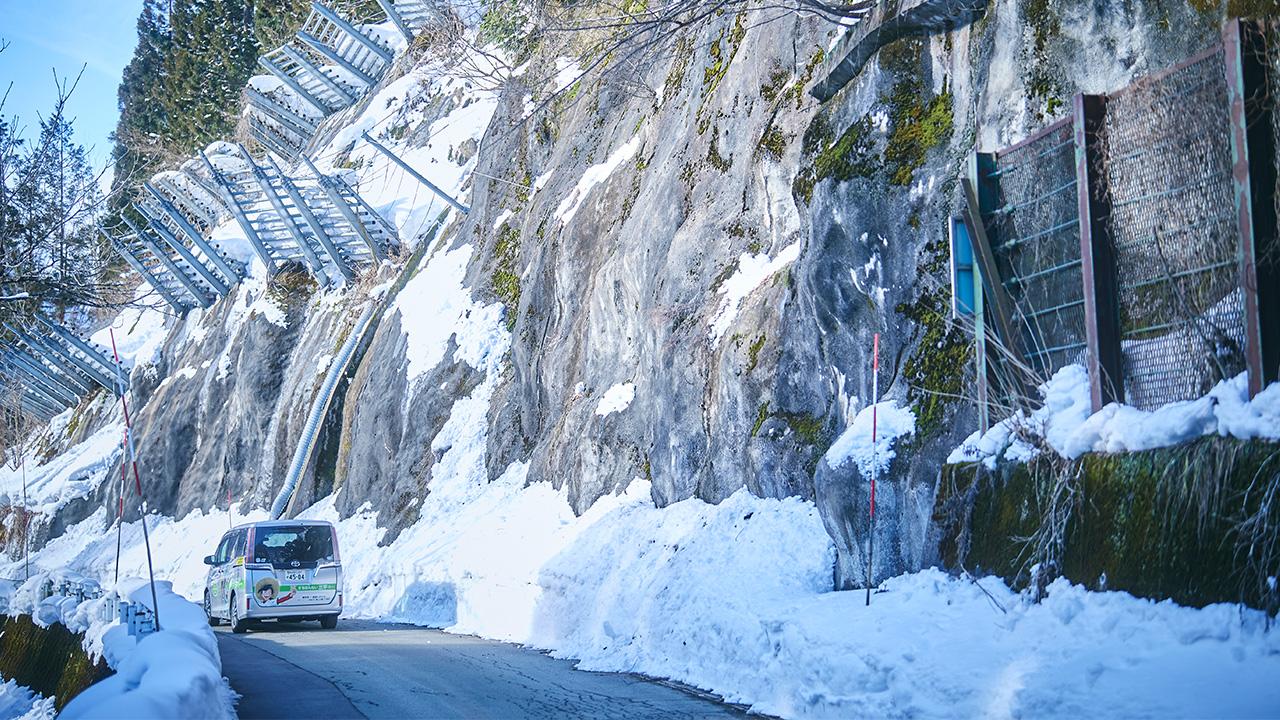
As many as 80% of Japan's bus routes are facing potential service reductions or closures. What do such figures mean for the mobility of people in marginal communities?

The word “welfare” denotes happiness and good health. For Toyota, whose mission is producing happiness for all, welfare is naturally an area of vital interest.
This series showcases Toyota’s welfare-related initiatives. In this first article, we shine the spotlight on Cheer Bus, a new mobility solution that sprang up in a depopulated area left reeling after the loss of its regular bus route.
For a community with many older residents, the closure of bus services presents a major problem. To deal with this grave social issue, Toyota sprang into action.
Four-fifths of bus routes face downsizing
“You won’t find any young people around here.”
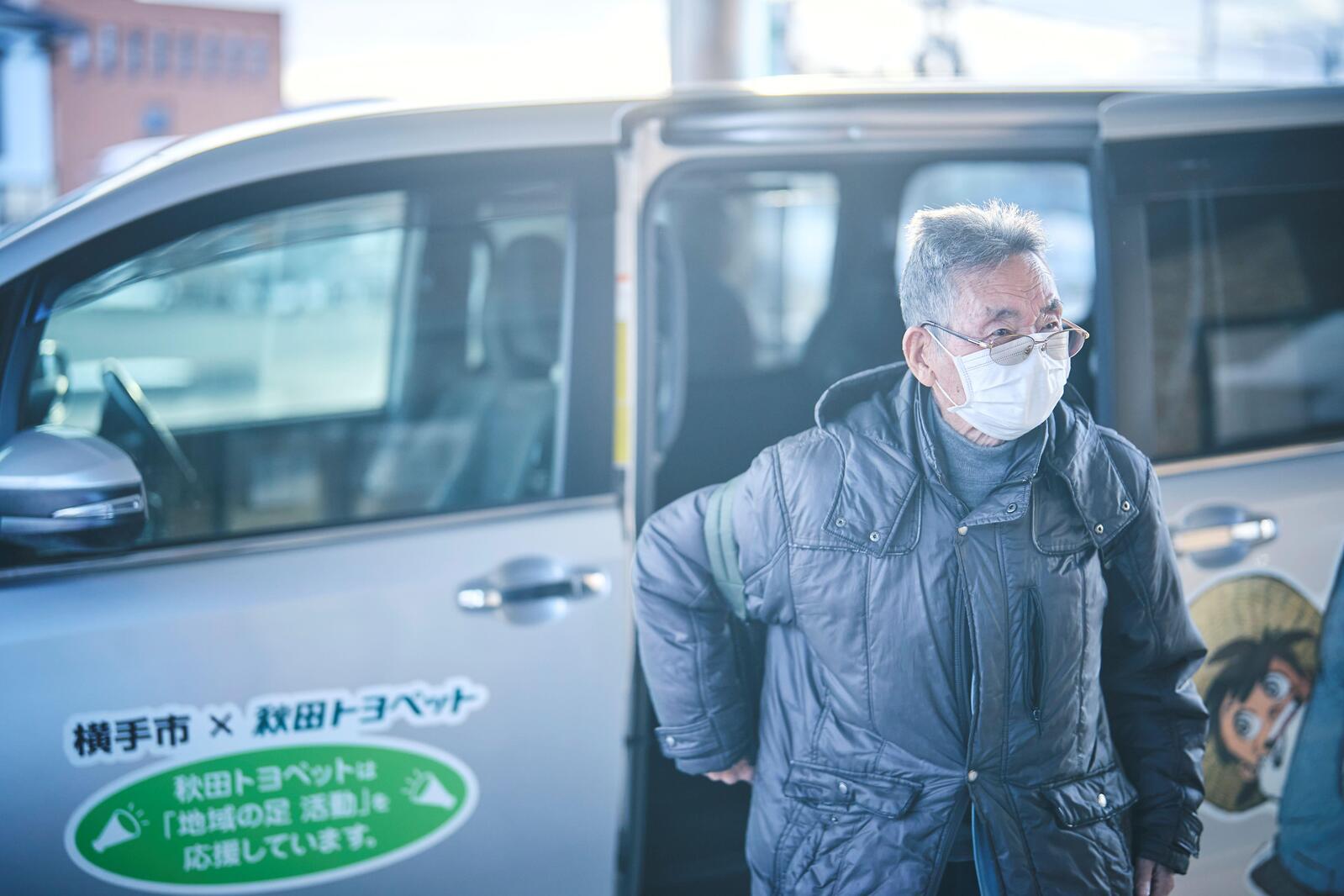
The speaker lives in Saruhannai, a depopulated region of Yokote City in Akita Prefecture, nestled among steep mountains about an hour’s drive from the urban center.
For older residents without a driver’s license, simply traveling to pick up medicine is difficult without bus service. Unfortunately, the route that served as the community’s sole lifeline became financially unsustainable.
While it may be hard for city dwellers to fully appreciate, a quarter of Japan’s regions have no public transportation. What’s more, given the so-called 2024 problem—stemming from a revision of driver working hours—service reductions or closures are being considered for as many as 80% of Japan’s bus routes*.
*Source: Teikoku Databank survey of major bus routes nationwide (2023).
Saruhannai is one such area, and the prospect of bus service ending there has sparked a new initiative. It looks something like this:
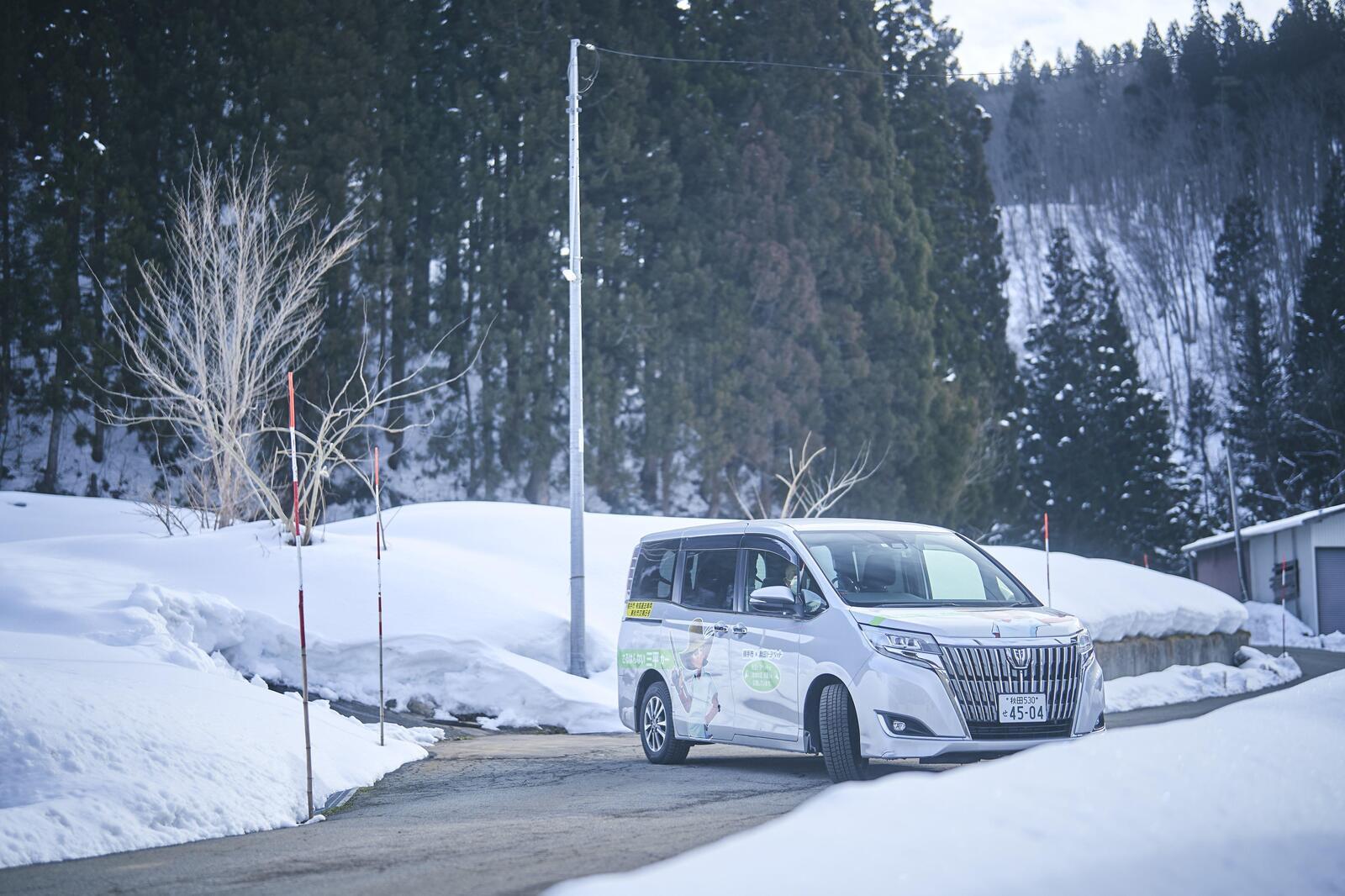
This is no private car, but rather Toyota’s Cheer Bus community transport initiative. The collaborative shuttle service has been dubbed the Saruhannai Sanpei Car, after local artist Takao Yaguchi's classic manga, Fisherman Sanpei.
What makes the service unique is that the drivers are not professionals but ordinary locals. It operates through the joint efforts of Yokote City, the area’s residents, Toyota, and local dealerships.
Although the project sustains the lives of people in the community, the road to this point was anything but smooth.
Doing what a regular bus can’t
The shuttle operates four days a week, making four round trips along the roughly 25 km route between the remotest settlement in the Saruhannai area and Yokote City’s Jumonji district, which contains a hospital, supermarket, and other amenities.
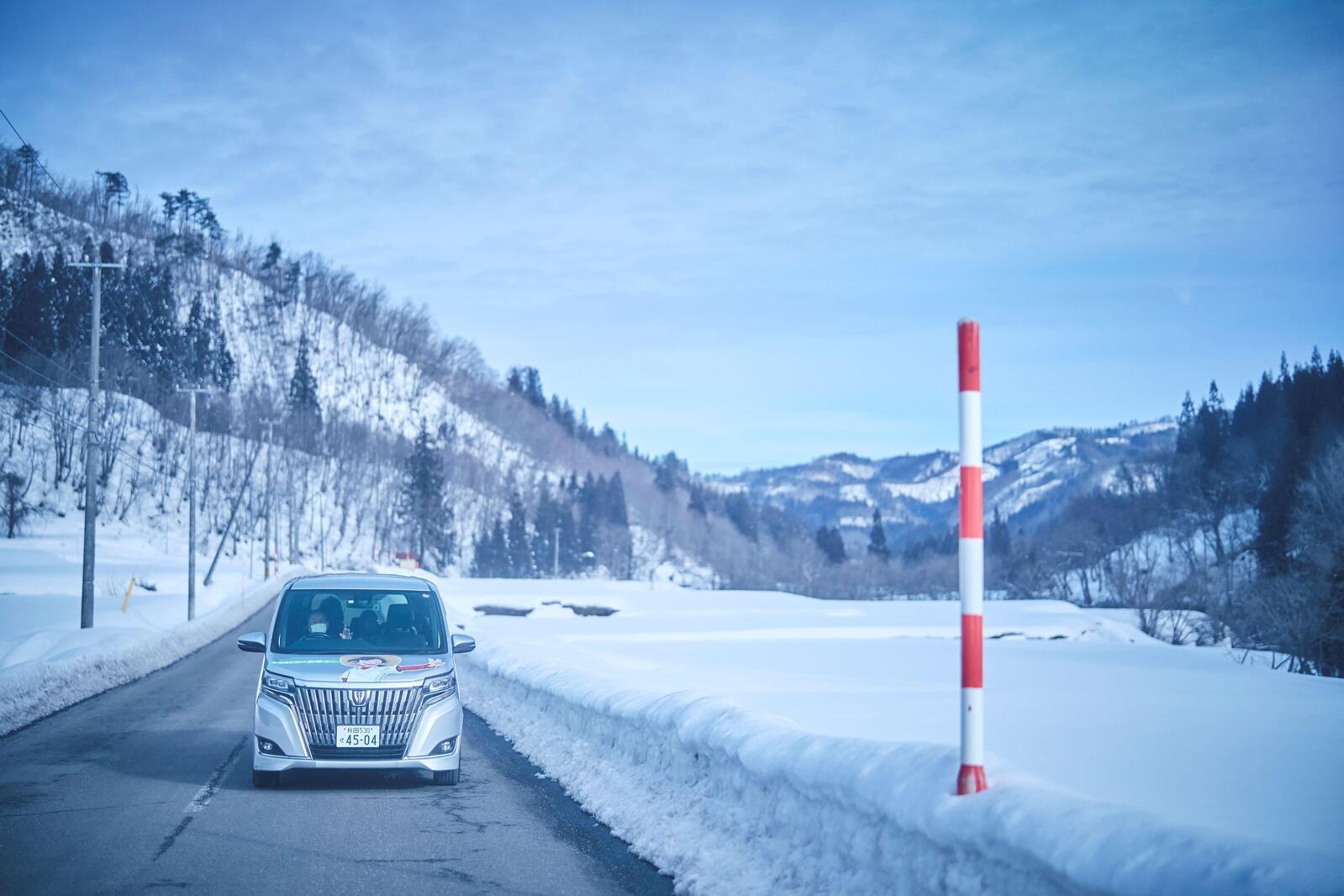
Services run mainly on weekdays when getting rides from family members is more difficult. The fare ranges from 200 to 700 yen depending on the distance traveled (half price for passengers with disabilities and children below high school age). Being a minivan, the shuttle can access narrow roads and offer a door-to-door service not possible with regular buses.
Pleased passengers praise the convenience of being picked up and dropped off in front of their houses and hospital entrances. Family members agree, with one commenting, “I used to take time off work for hospital visits, so it’s great that they can now go on their own.”
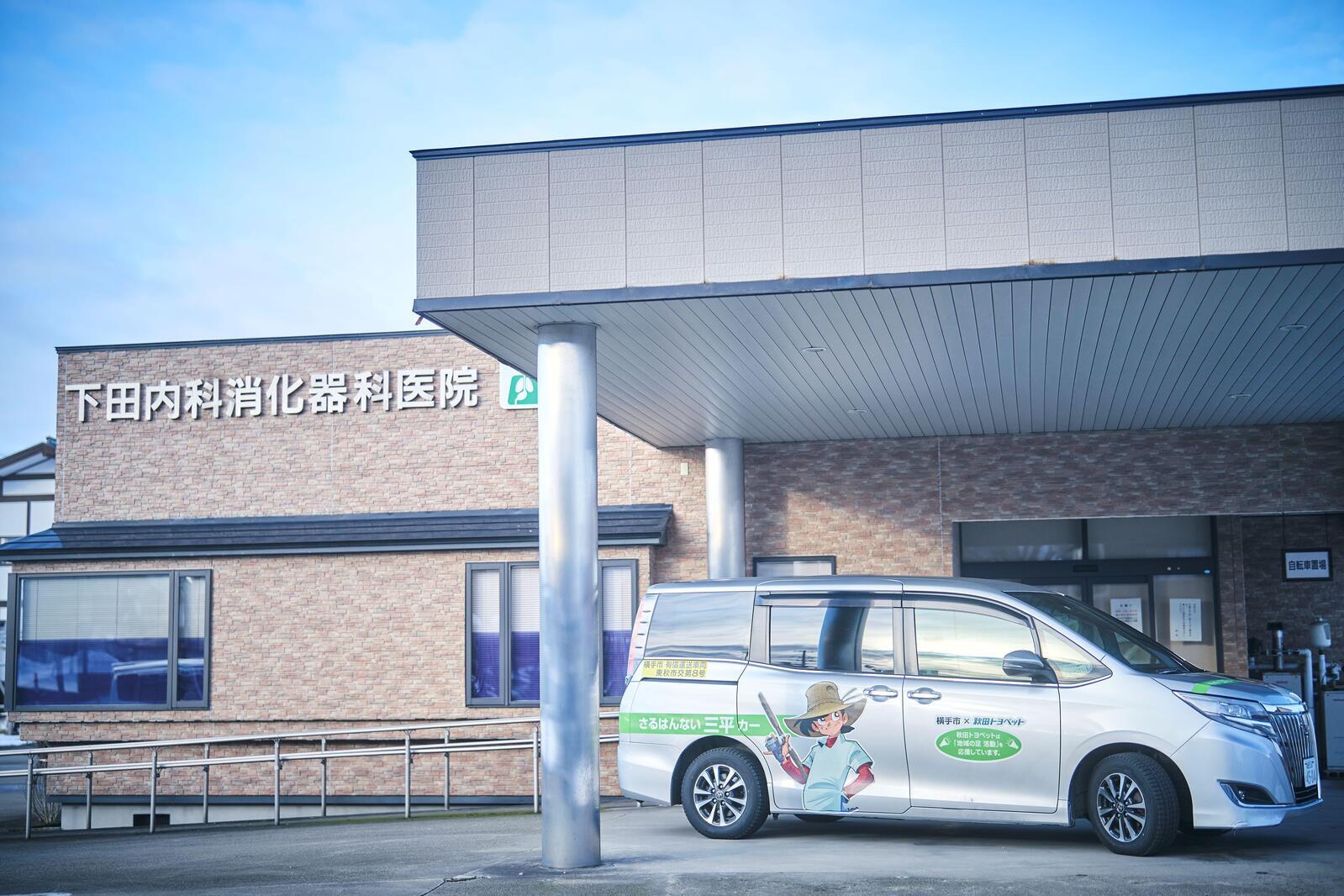
And unlike a regular bus service, the route can easily be adjusted.
Ryoji Okuyama, Chairman, Saruhannai Kyojo Uneitai (Saruhannai Community Assistance Group)
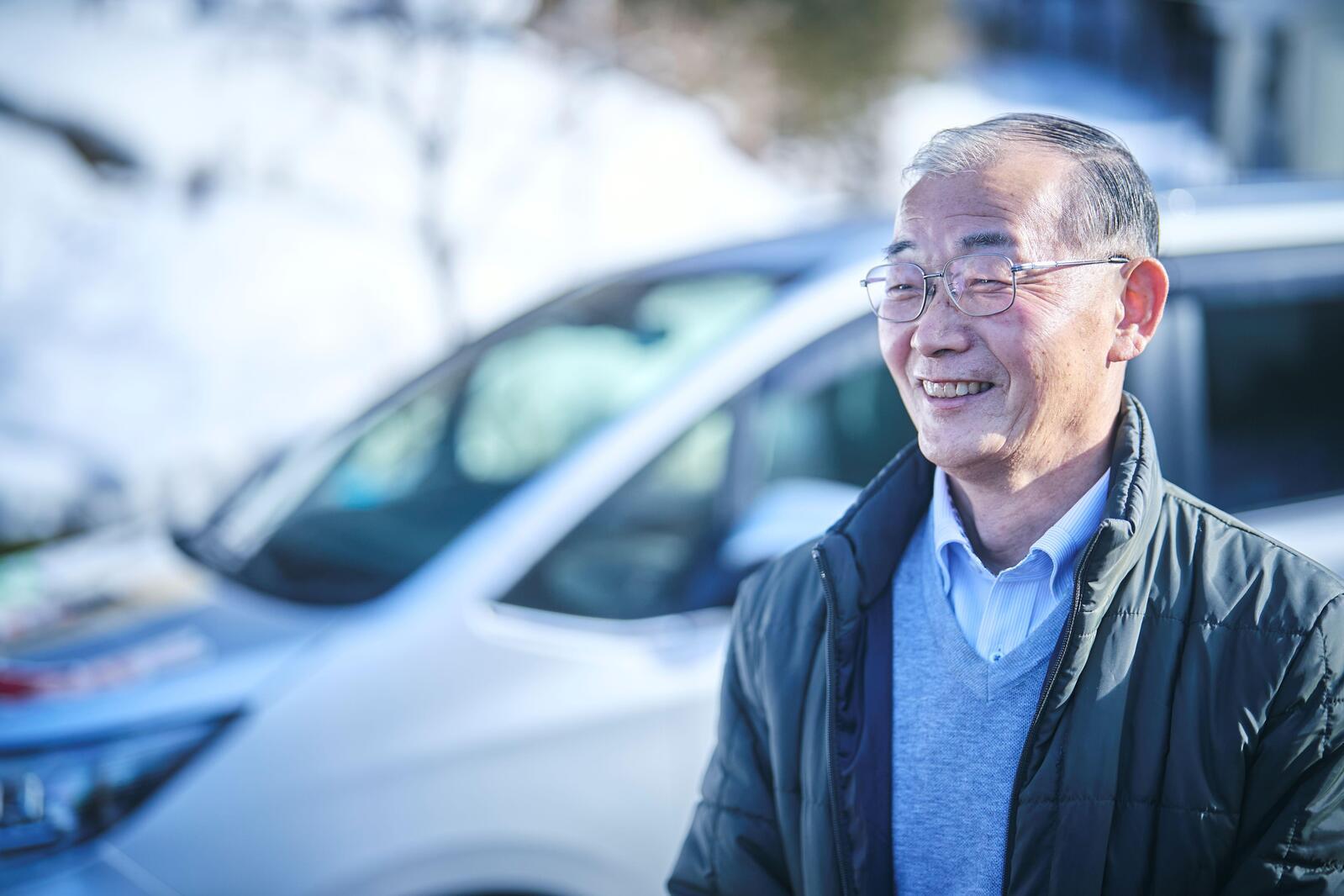
We continuously improve the route based on requests. For one thing, we try to ensure that the stops have shelter wherever possible so that passengers don’t get wet while waiting on rainy days.
We spoke to one driver who took up the role after reaching retirement. “If I can brighten someone’s day, it’s far better than sitting around at home,” they told us with a smile. “I enjoy the chance to connect with people I don’t normally talk to in the community.”
The Saruhannai Kyojo Uneitai (Saruhannai Community Assistance Group) kindly tailors the service for older users, with drivers even helping to carry heavy bags to their front doors. Despite all that, the Cheer Bus got off to a rocky start.
An unforeseen situation
Over the past several years, Toyota has been tackling the problem of transportation in depopulated regions by using its Wel Join minivan—ideal for carrying large groups of people—as a reliable local transit solution.
Tetsuya Hirata, Project Manager, CV Management Div.
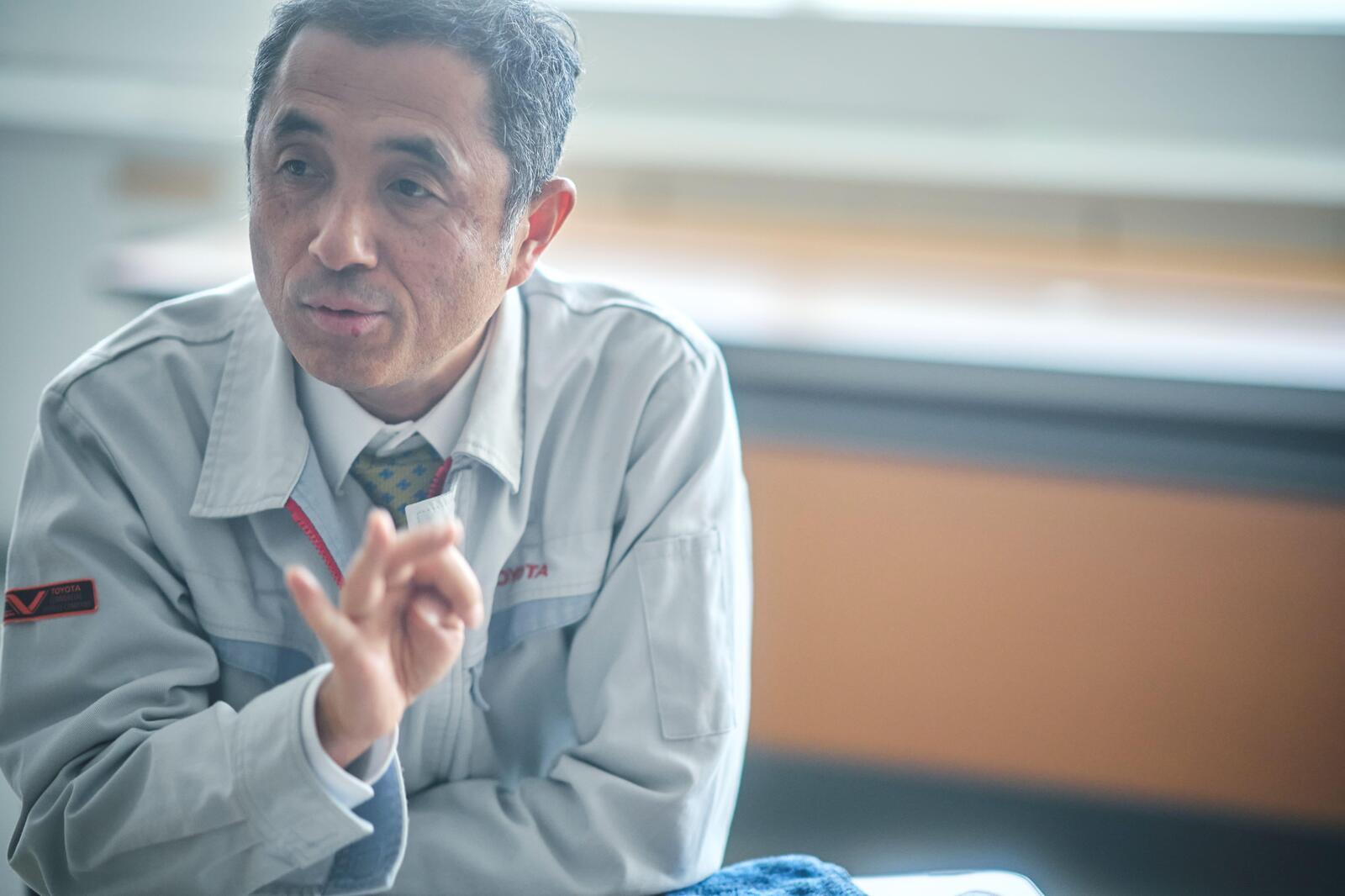
Building on previous community transport efforts, such as those in Toyooka City in Hyogo Prefecture, Toyota developed the Wel Join version of the Noah minivan, designed for use as a shuttle.
We approached several local governments about conducting trials, but it was tough going. At the time, an Akita Prefectural Government employee happened to be at Toyota on a temporary transfer. They connected us with the prefecture and Yokote City (which were grappling with the problem of transportation access).
Regardless of how supportive governments or businesses may be, a community transport service can only be made sustainable with proactive involvement from the residents. In the Saruhannai area, a key factor was the Community Assistance Group, which had long been working to address local concerns such as snow removal and grass cutting.
In November 2017, with the future of the area’s bus service under consideration, Cheer Bus was first trialed as a potential solution, providing usage data.
Through repeated runs, the team examined the cost-benefit and take-up rates of door-to-door service and checked whether older drivers under 75 could safely manage the trips.
The trials fueled high expectations—only to run into a major problem no one had anticipated…

For the first two months, there were hardly any users. The situation was baffling. As it turned out, the reason wasn’t merely a lack of awareness.

